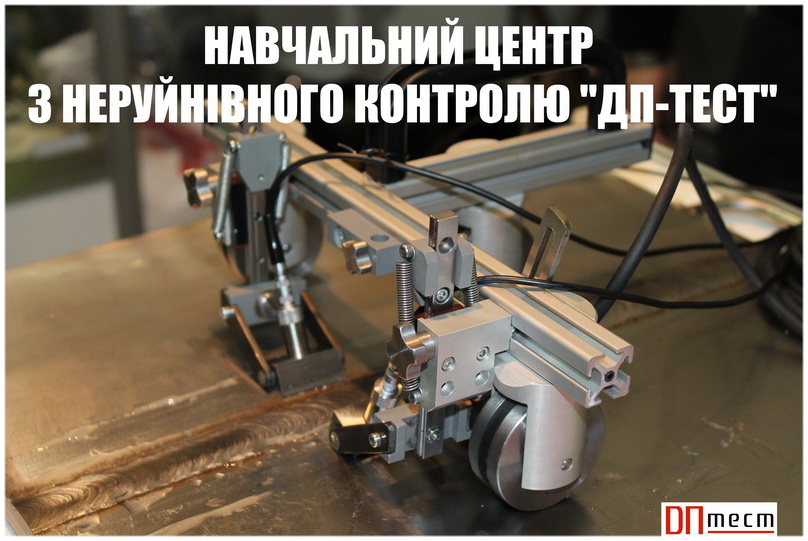Research and development in humanoid robotics have persisted since the1900s, focusing on two core challenges: the mechanical aspect of achieving human-like movement and the software aspect of emulating human behavior.
These challenges, often addressed through advancements in control theory, drive the exploration of achieving balance and mobility on uneven terrain for the Darwin-Op humanoid robot. While the primary emphasis was on control theory, an ancillary goal involved vision control for identifying non-flat surfaces like ramps or stairs, using specific color detection.
This vision control facilitated object recognition and enabled the application of computer vision techniques to gauge distance and orientation from the detected object. Despite its relative fragility, this vision control provided adequate guidance for the robot to approach obstacles. For the control theory aspect, the robot successfully navigated stairs and ramps using zero moment point trajectory planning, employing a cart-table model for the center of mass. Experimentation revealed that smoother surfaces, such as ramps, yielded better results compared to stairs due to challenges in achieving proper step landings for heights exceeding the robot's ankle. Nevertheless, this research demonstrated the viability of autonomous movement on non-flat surfaces.
Research advisor: A. Protasov









